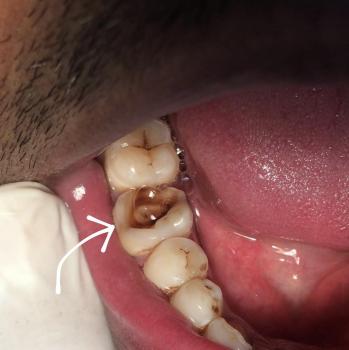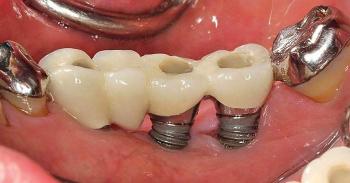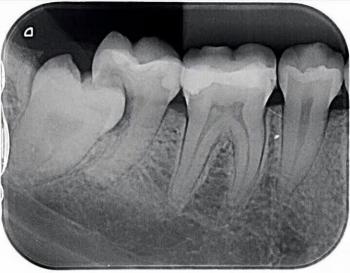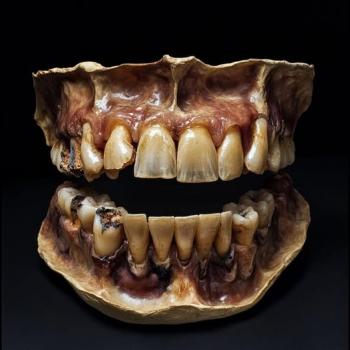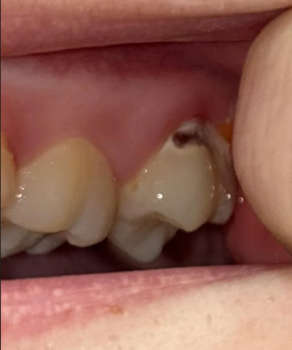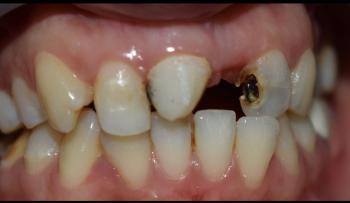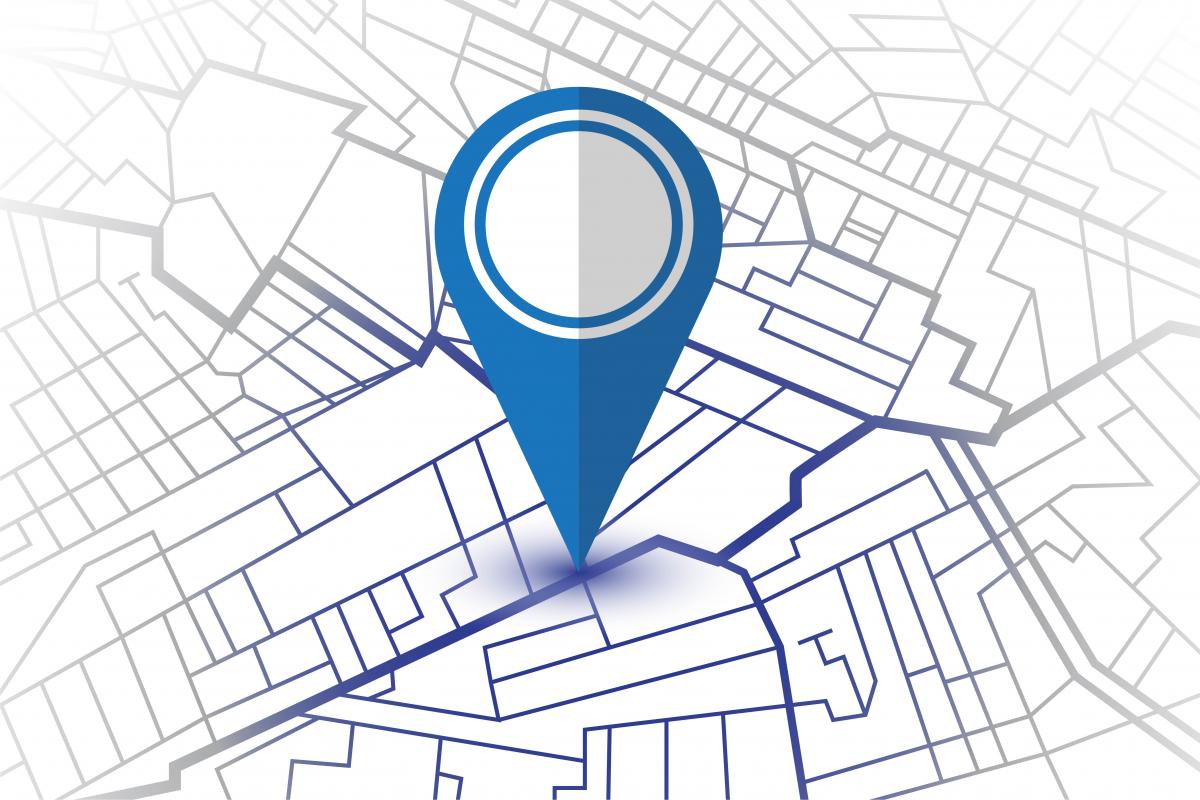Healthy Teeth, Happy Life.
Beyond the Hype: How Flare Blockchain Could Revolutionize Medical Research and Dental Care
Language :
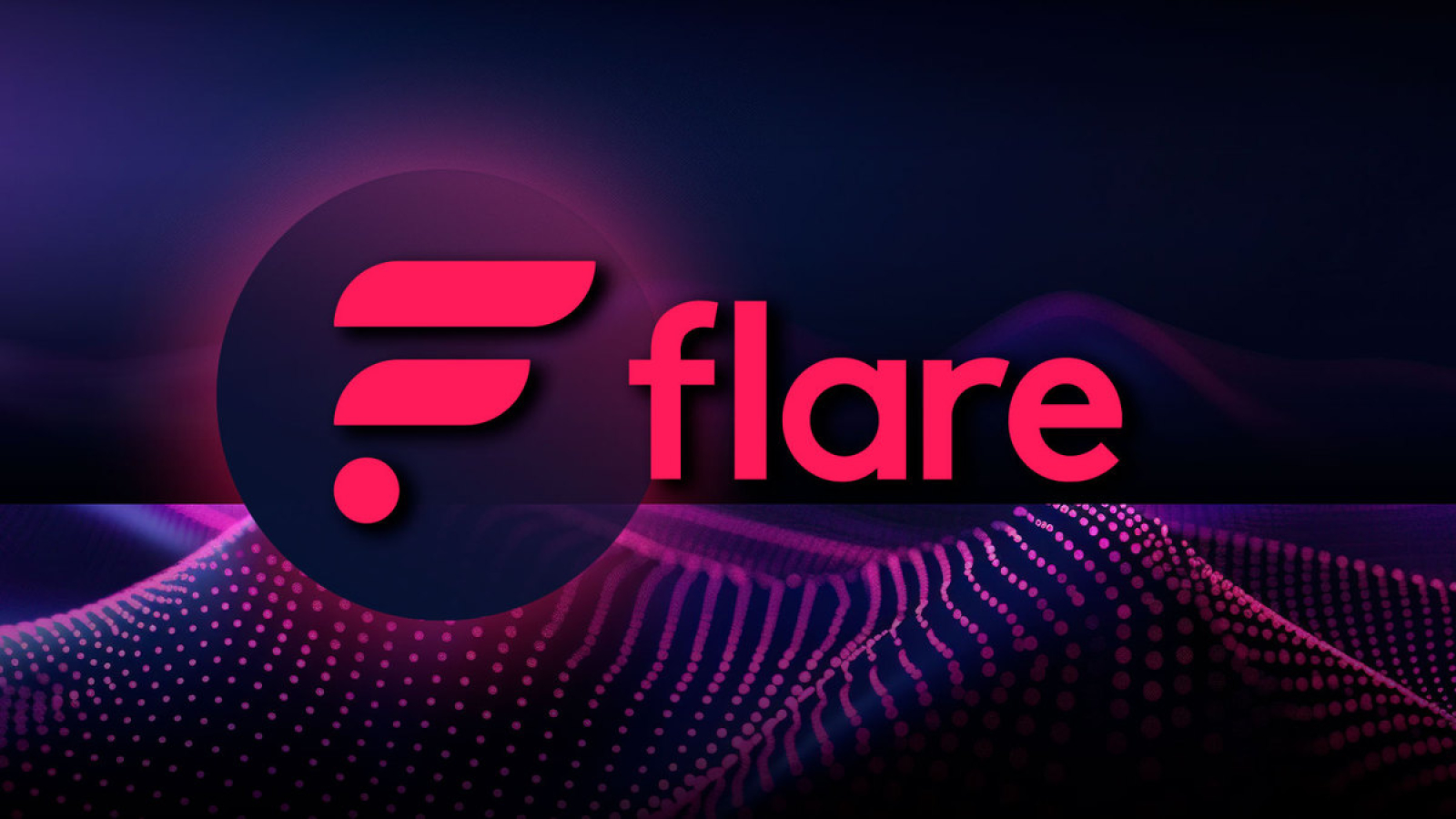
As dental professionals, we're on a constant quest for innovation. From AI-powered diagnostics to 3D-printed implants, we embrace technology that improves patient outcomes and streamlines our practice. But what if I told you one of the most significant breakthroughs isn't a new scanner or material, but a new way of sharing and trusting data?
That technology is blockchain. And while you might associate it with cryptocurrencies, its potential for healthcare is staggering. Today, we're diving into a specific blockchain platform called Flare and exploring how its unique features could catapult medical science into a new era of collaboration and speed.
First, Let's Demystify Blockchain for Medicine
Imagine a shared, digital ledger that records transactions with absolute security and transparency. Once an entry is made, it cannot be altered or deleted. Now, replace "transactions" with "medical data events":
-
A patient's anonymized treatment result
-
The outcome of a specific material used in a procedure
-
A verified data point from a clinical trial
-
A real-time alert from a remote patient monitoring device
This creates an immutable, trustworthy record of information that everyone in the network can rely on without needing a central authority to verify it. This is the power of blockchain.
Why Flare Blockchain is a Game-Changer for Health Tech
While many blockchains exist, Flare is uniquely positioned for the massive, interconnected world of healthcare data. Here’s why:
-
It’s Built to Connect Everything: Flare is like a universal translator for blockchains and the internet. Its core protocols allow it to securely pull in information from other chains (like Ethereum or Bitcoin) and even from traditional web sources (oracles). This means medical data from various legacy systems and new devices can finally "talk" to each other on a single, secure platform.
-
Scalability for Massive Data Sets: Medical research generates enormous amounts of data. Flare's architecture is designed to handle high throughput at low cost, avoiding the bottlenecks and exorbitant fees of older blockchains. This makes it feasible to process real-time data from millions of sources.
How Can This Innovate Medical Science Development?
The applications are vast, but let's focus on three key areas:
1. Supercharged Clinical Trials and Research:
-
Instant, Verifiable Data Sharing: Research institutions, pharmaceutical companies, and dental universities could securely share trial data in real-time on a permissioned Flare network. This prevents data silos, reduces duplication of effort, and dramatically accelerates the path from discovery to application.
-
Provenance of Materials & Drugs: Every step of a drug's or dental implant's supply chain—from manufacturer to distributor to your practice—can be immutably recorded. This ensures authenticity, combats counterfeit products, and allows for instant recall if an issue is found.
2. A New Era of Collaborative Patient Care:
-
Secure, Patient-Centric Health Records: Imagine a patient owning their encrypted health record. With their permission, they could grant a specialist, their dentist, and their physician seamless, temporary access to specific data via the blockchain. Flare's interoperability makes this possible across different healthcare providers' systems.
-
Personalized Dentistry: With secure access to larger, richer datasets (with patient consent), AI algorithms can identify patterns and predict outcomes for specific demographics or conditions. This leads to highly personalized treatment plans and preventive care strategies.
3. Real-Time Remote Patient Monitoring (RPM):
-
Smart toothbrushes, wearables, and periodontal sensors can generate continuous data. Flare can act as the secure data highway for this information, allowing for:
-
Automated alerts to clinicians if a patient's indicators suggest a problem.
-
Accurate tracking of post-operative recovery or compliance with treatment plans.
-
Data pooling for population health studies on oral hygiene habits.
-
The Unbeatable Advantage: Fast, Real-Time Innovation by Connecting Multiple Clients
The traditional model of medical innovation is linear and slow: research → development → clinical trials → regulatory approval → adoption. This can take over a decade.
Flare flips this model by enabling a network effect.
-
Dental Clinics, Hospitals, Universities, Pharma Companies, and Medical Device Manufacturers can all be connected as "clients" or nodes on the same secure network.
-
Real-time data flow between these entities means feedback loops are instantaneous. A dentist observing an unexpected outcome with a material can report it in a way that instantly alerts the manufacturer and researchers.
-
This creates a virtuous cycle of continuous improvement and validation. Innovation is no longer a solitary race but a collaborative, synchronized effort, reducing time-to-market for life-saving technologies and techniques.
Expert Advice: What This Means for Your Practice Today
This might sound futuristic, but the groundwork is being laid now. As a dental professional and tech advisor, my advice is to:
-
Stay Informed: You don't need to be a blockchain developer, but understanding the core concepts will help you evaluate new technologies as they emerge.
-
Prioritize Data Security: Ensure your current practice management software is HIPAA-compliant and has robust security. This mindset is essential for the blockchain-powered future.
-
Embrace Interoperability: When considering new software or devices, ask: "Can this system integrate and share data with others?" Support vendors who build with open standards.
-
Think "Patient-Centric Data": Start conversations with patients about the value and ownership of their health data. This prepares them for a future where they have more control.
Flare Blockchain isn't about replacing the trusted relationship between doctor and patient. It's about building a more secure, efficient, and collaborative infrastructure around that relationship. It’s a tool that promises to accelerate the science that supports our work, ultimately leading to better care, faster breakthroughs, and healthier smiles for everyone.
What are your thoughts? Is your practice ready for the next wave of health tech innovation? Share your comments below!

